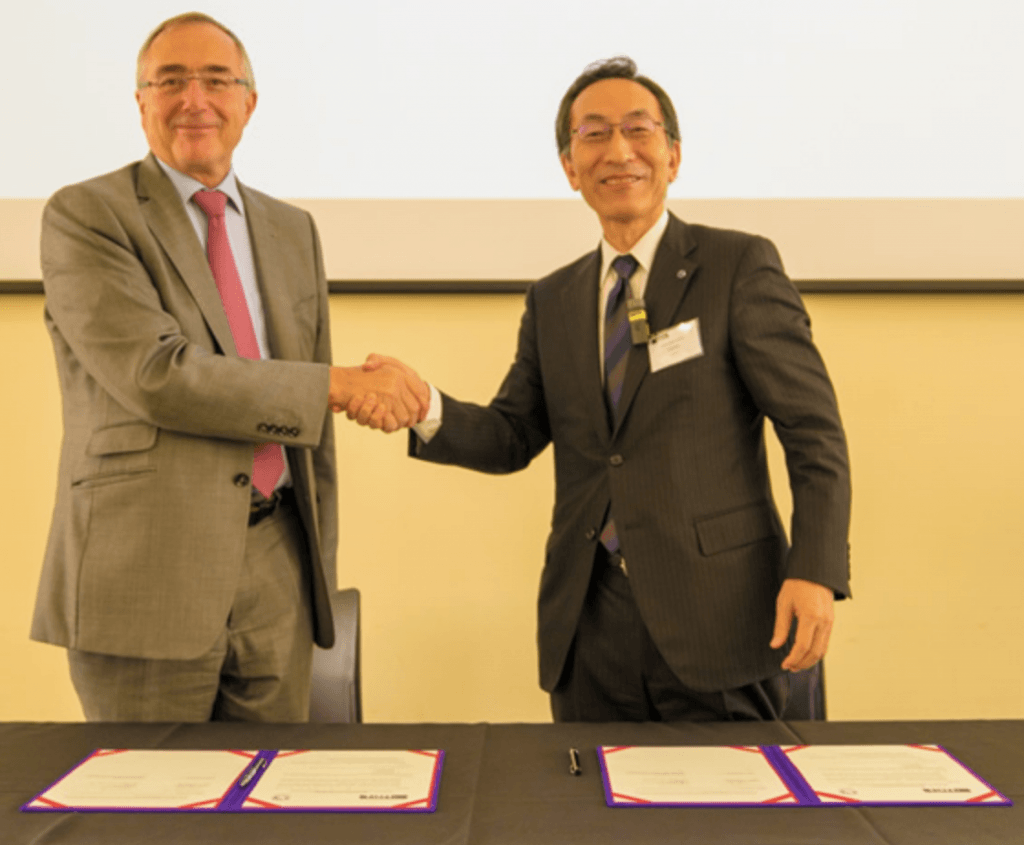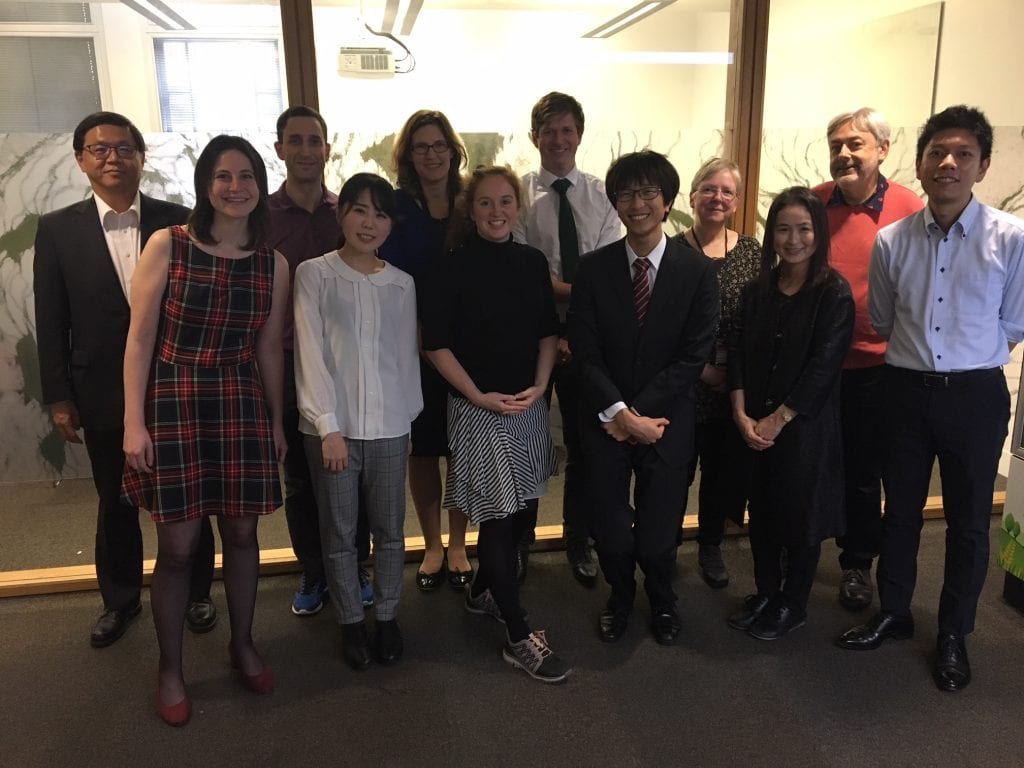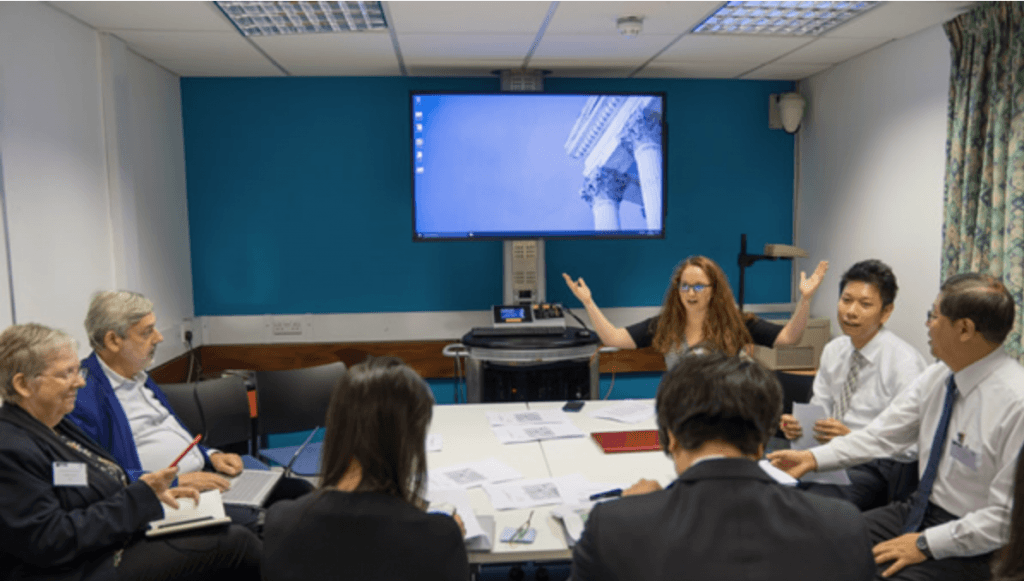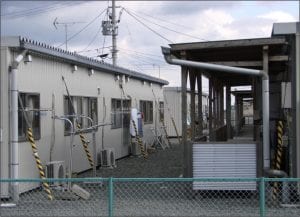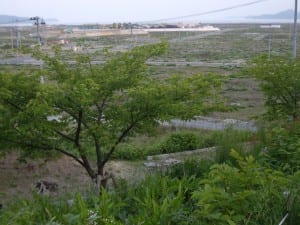Wagamama: have we thought enough about the impacts of gendered norms in disasters?
By Punam K Yadav and Miwako Kitamura, on 30 November 2023
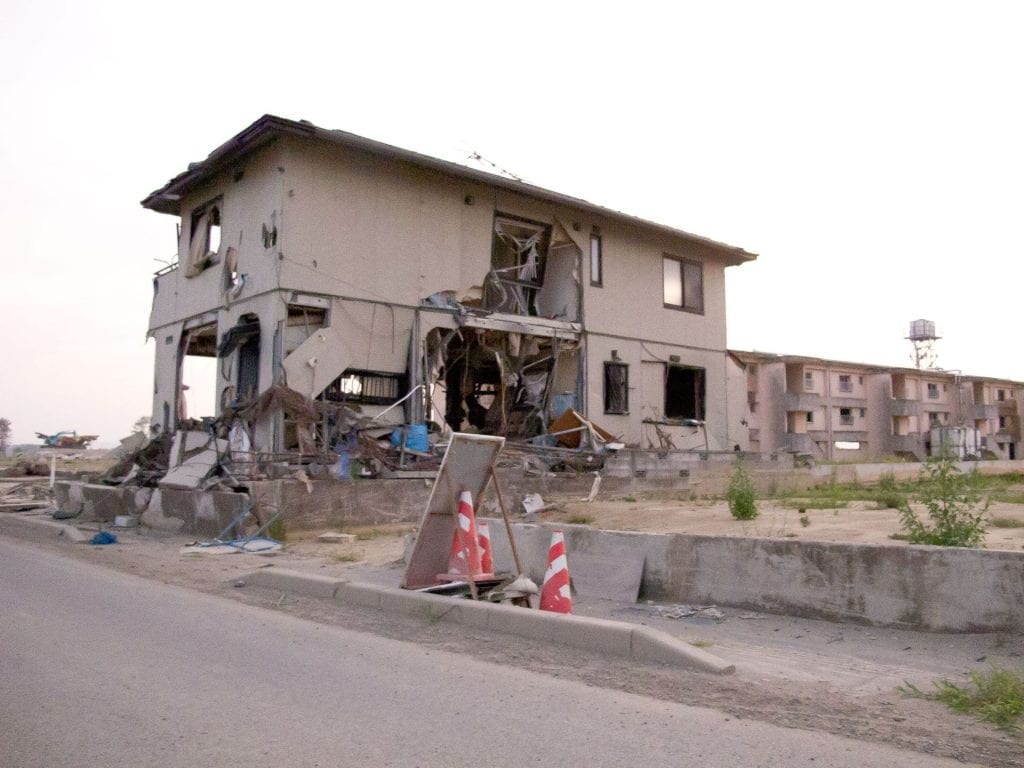
Recognition of the different impacts of gendered norms is not new. We know that people are impacted differently in disasters and that attention needs to be paid to these differences while planning for preparedness, evacuation, response, and recovery. We also know that, like sexual and gender minorities, women are not a homogeneous group. However, have we paid enough attention to the impacts of culture-specific, often unspoken and implicit, gendered norms, which get exacerbated during crises? Often learnt through everyday practise, they are not only invisible to the outsiders but also to the insiders, taken for granted and seen as normal or obvious. The effects of such norms are often felt and experienced more by women and gender minorities than men. In this blog, we are going to talk about such unspoken norms in Japan and their impacts on people’s lives.
Wagamama
Here we would like to introduce a term, Wagamama. Interestingly many of us who live in the UK already know this term well, however, with a completely different understanding. ‘Wagamama’ is the name of a restaurant chain in the UK, which it says was inspired by fast-paced Japanese ramen bars. Many of us may have been there and enjoyed their delicious food. This restaurant portrays a positive meaning of this term of being self-indulgent, self-centred, picky, fussy, and so on. However, do we know the cultural meaning and interpretation of this term? How is it used and what does it really mean in Japanese culture?
Wagamama is a Japanese word, which means being selfish, demanding, or thinking about yourself and your own needs instead of others. This term is used to describe a certain behaviour of a person in a certain context. In some culture, it may be seen as a positive thing as the Wagamama restaurant portrays it to be. However, in Japan it is often used as a negative term. This term has a temporal element (which could have a long-term impact on people’s lives), as it is not a fixed characteristic of a person; however, it is used to describe a certain behaviour of a person.
Harmony
The opposite of this term is harmony. Harmony is key in Japanese culture and the meaning is quite vague leaving a lot of room for interpretation. Harmony generally means thinking about others and putting their needs before your own, which includes thinking not only about your family but the wider community too—and this becomes even more prevalent in the context of crisis. Although in theory this may look like a very good thing, having to live up to this expectation can create severe consequences for some. Non-compliance to maintaining ‘harmony’ means you are a Wagamama. This applies to all, including women, men, children, elderly, people with disability, and gender minority. However, for some people the consequences of non-compliance are severe. We will use some stories (based on real incidents) to illustrate this concept. However, we will use pseudonyms (and non-Japanese names) to avoid any indirect harm or unintended consequences.
Examples
Mike is a transgender man who was looking for a job. He went to the job centre to ask for help. He said as a transgender man he was facing difficulty in finding a job, so he needed help. Instead of helping him, the person at the job centre told him that it was selfish of him to expect that people should understand his gender identity—that he was thinking about himself and not others. Here one would think he hasn’t asked for anything, so why would anyone call him selfish? In a Japanese context, even disclosing your gender identity is seen as ‘Wagamama’—being selfish and not caring about other people. This becomes even more evident in the context of disaster as they are not meant to ask for any special treatment based on their gender identify, including any medical help.
People who worked in the evacuation centres during the 2011 Great East Japan Earthquake said it was very difficult to find out what women needed and what challenges they were facing as they would not speak for fear that if they asked for something—even for gender specific needs—people would call them Wagamama. Likewise, if food supplies were not adequate, then they will stay hungry and not announce that they have not eaten anything. Likewise, due to the gender division of roles and expectations, women were supposed to cook and feed everyone in the evacuation centres. Regardless of how tired they were or unwell they felt, they still had to carry on. They feared that if they said anything or asked for help, people will call them Wagamama.
These cultural expectations are also the same for men due to the gender division of labour, although women and gender minorities are disproportionately impacted by the Wagamama culture. Men are expected to be strong and brave. For instance, after the 2011 Great East Japan Earthquake, men struggled to express their feelings and vulnerability to their families and relatives. As a coping mechanism, some men went to sex workers to unburden their physiological distress. Likewise, even elderly women were feared seeking help as they did not want to be called Wagamama in the times of crisis as there were bigger needs and community harmony was more important than their own needs, so they suffered but did not ask for help.
Despite all that has been done to recognise gendered social norms and their impacts on people, there is still a lot of work to be done in DRR. It is important to understand both spoken and unspoken social and cultural norms and their impacts on people’s everyday lives for inclusive DRR. In this short blog, we discussed some of the examples of Wagamama and its impacts on people’s everyday lives. We are currently working on a full paper where we analyse more cases to illustrate this concept, so watch this space.
Dr Punam Yadav is Associate Professor of Humanitarian Studies and Co-director of the Centre for Gender and Disaster at the Institute for Risk and Disaster Reduction, University College London. Click here to learn more about her work.
Dr Miwako Kitamura is an Assistant Professor at the International Research Institute of Disaster Science (IRIDeS) at Tohoku University, Japan. She is one of the founder of a non-profit organization dedicated to supporting special minorities and people with disabilities in disaster.
 Close
Close


